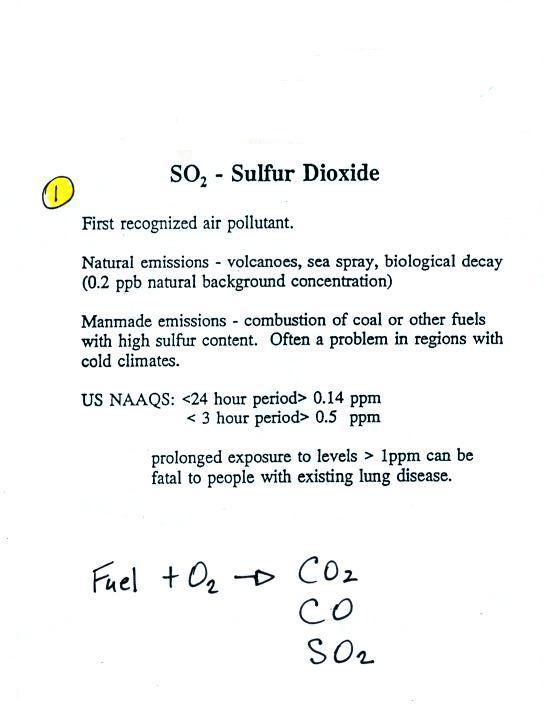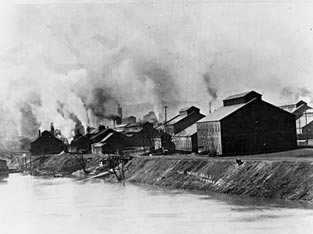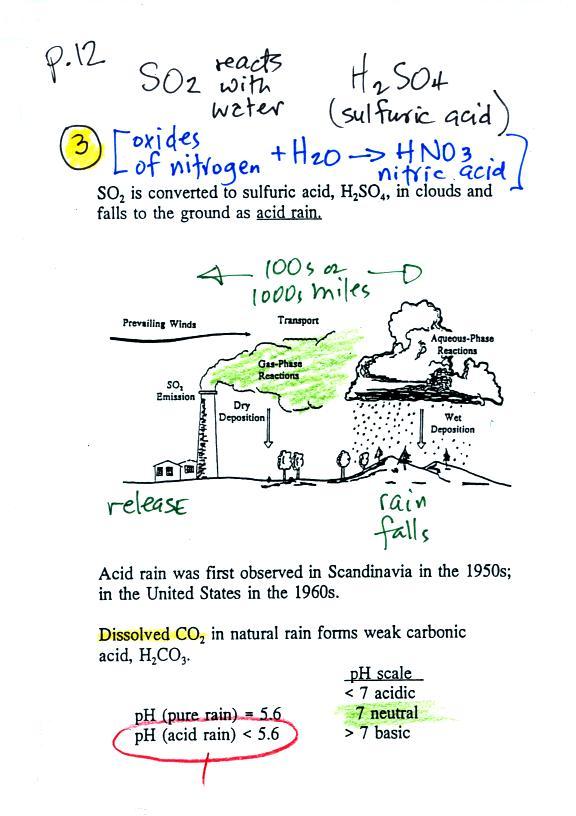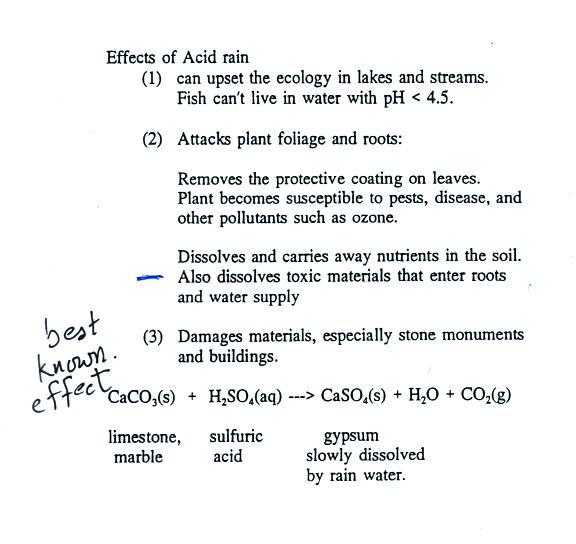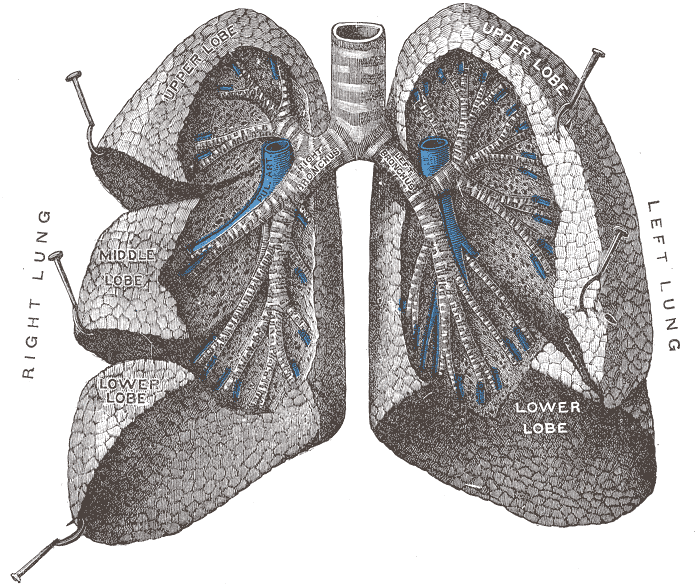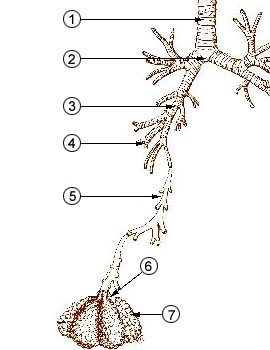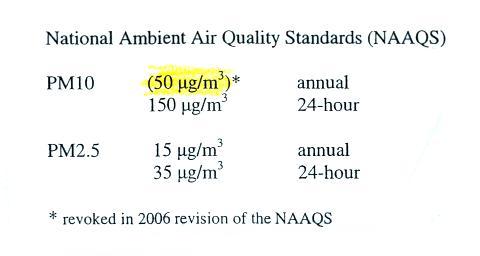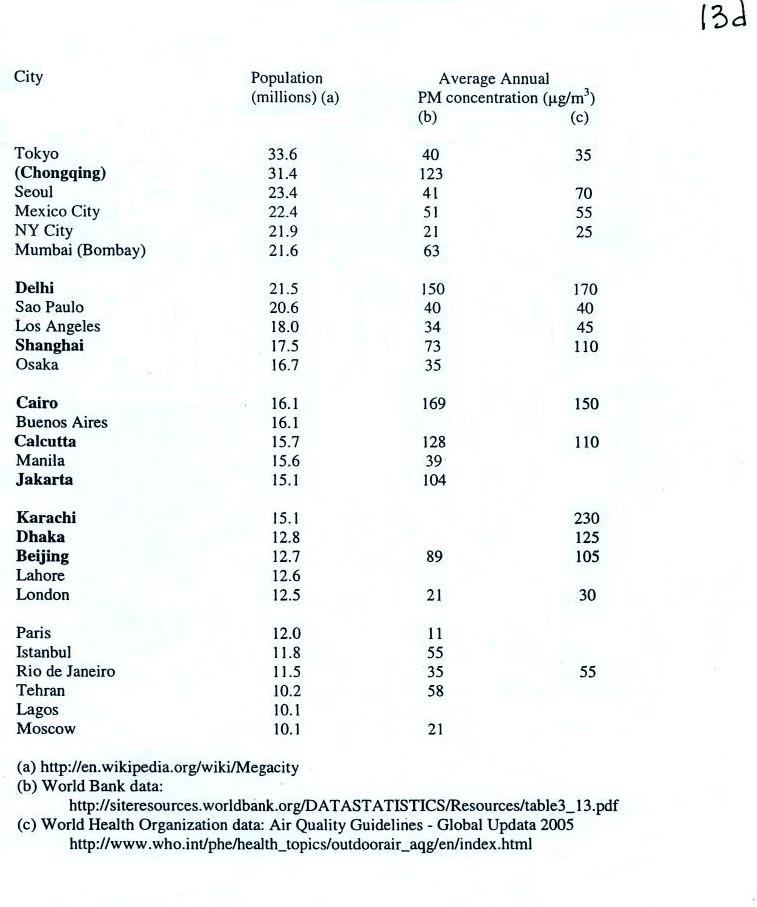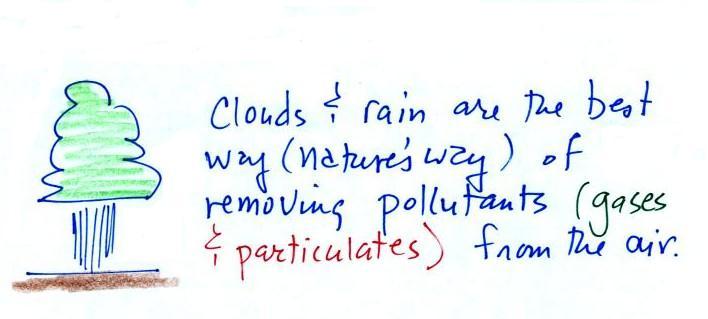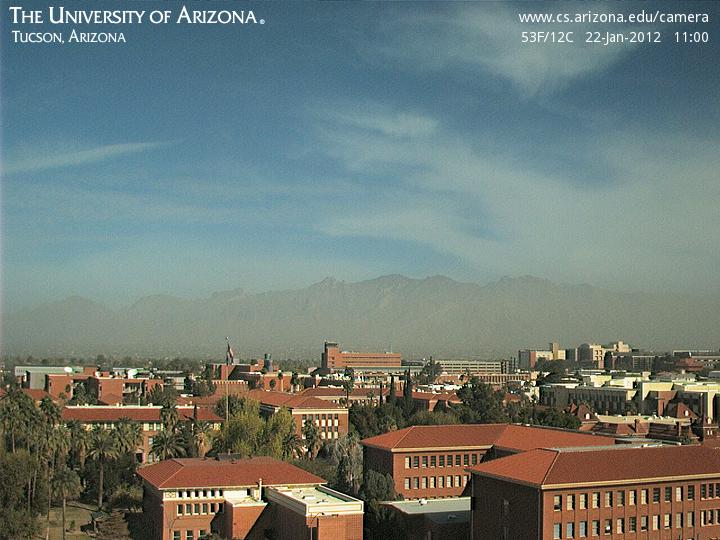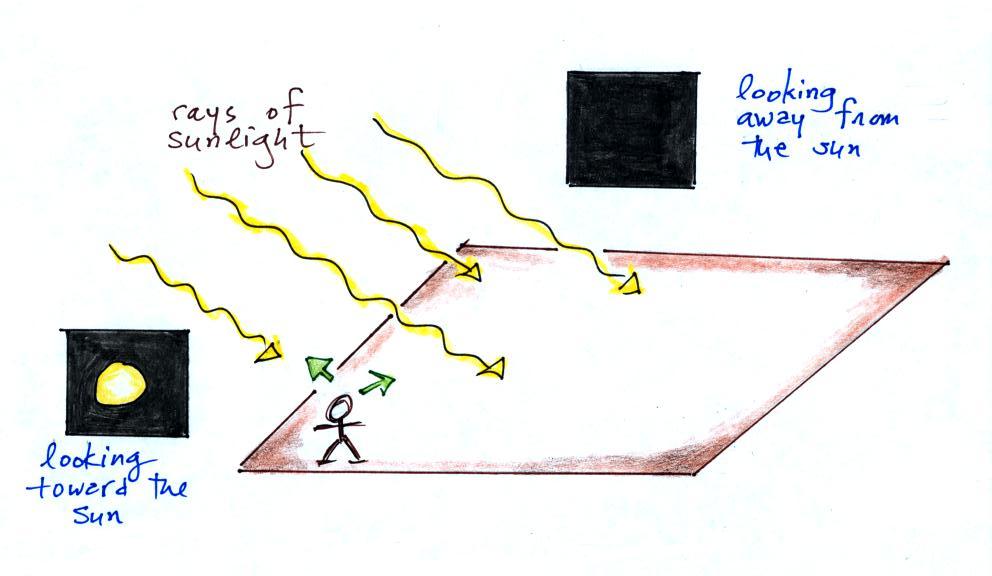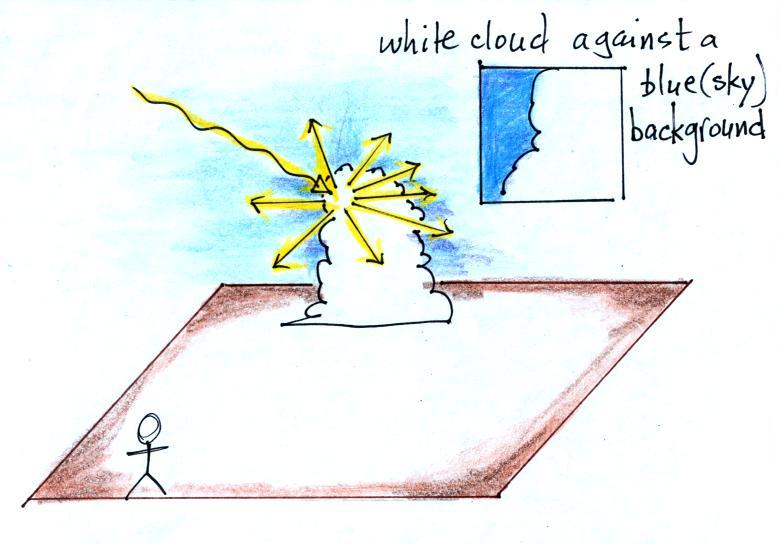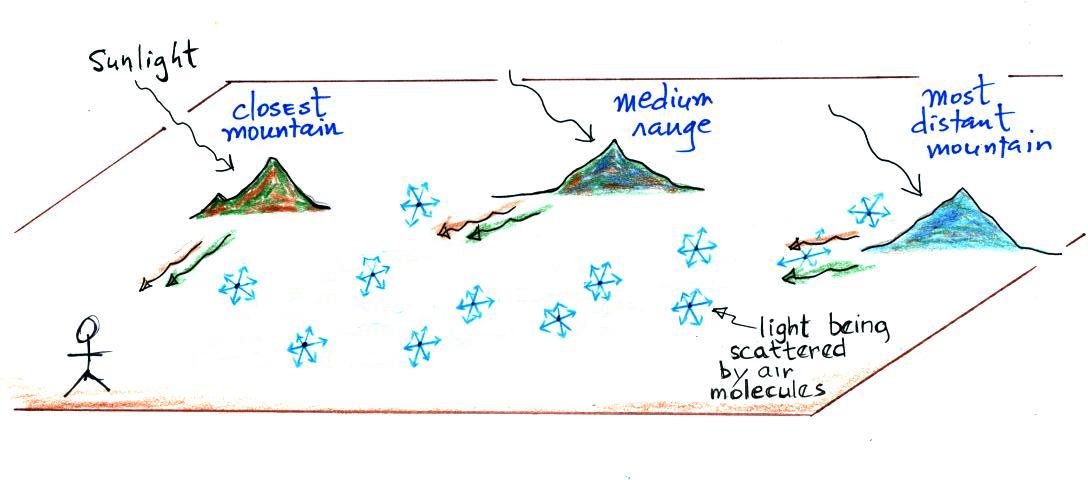The last
pollutant that we will cover is Particulate Matter (PM) - small solid
particles or drops of liquid (but not gas) that remain suspended in
the air (particulates are sometimes referred to as aerosols). The
designations
PM10
and PM25 refer to particles with
diameters less than 10 micrometers and 2.5 micrometers,
respectively. A micrometer (µm) is one millionth of a meter
(10-6
m). The
drawing below might give you some idea of what a 1 micrometer particle
would look like (actually it would probably be too small to be seen
without magnification). You'll find some actual pictures and more
information at this source.
Red
blood
cells
are
6-10
µm
in diameter.
A nanometer (nm) is 1000 times smaller
than a micrometer (10-9 m).
An atom is apparently 0.1 to 0.3
nm across, depending on the particular element.
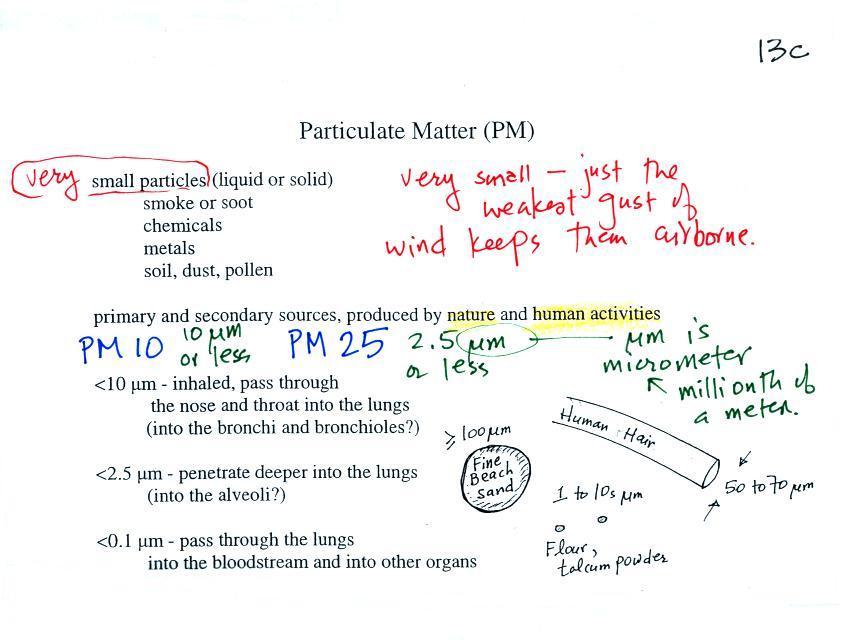
Particulate matter can be produced
naturally (wind blown dust,
clouds above volcanic eruptions, smoke from lightning-caused forest and
brush fires). Human activities also produce particulates.
Gases sometimes react in the atmosphere to make small drops or
particles (this is what happened in the photochemical smog
demonstration). Just the smallest, weakest gust of wind is enough
to keep particles this small suspended in the atmosphere.
One of the main concerns with
particulate pollution is that the small
particles might be a health hazard ( a health advisory is sometimes
issued during windy and dusty conditions in Tucson)

Particles with dimensions of 10 µm
and less can be
inhaled
into the lungs (larger particles get caught in the nasal
passages). These
inhaled particles may be poisonous, might cause cancer, damage lung
tissue, or aggravate existing
repiratory diseases. The smallest particles can pass through the
lungs and get into the blood stream (just as oxygen does) and damage
other organs in the body.
The figure below identifies some of the parts of the human lung
mentioned
in the figure above.






